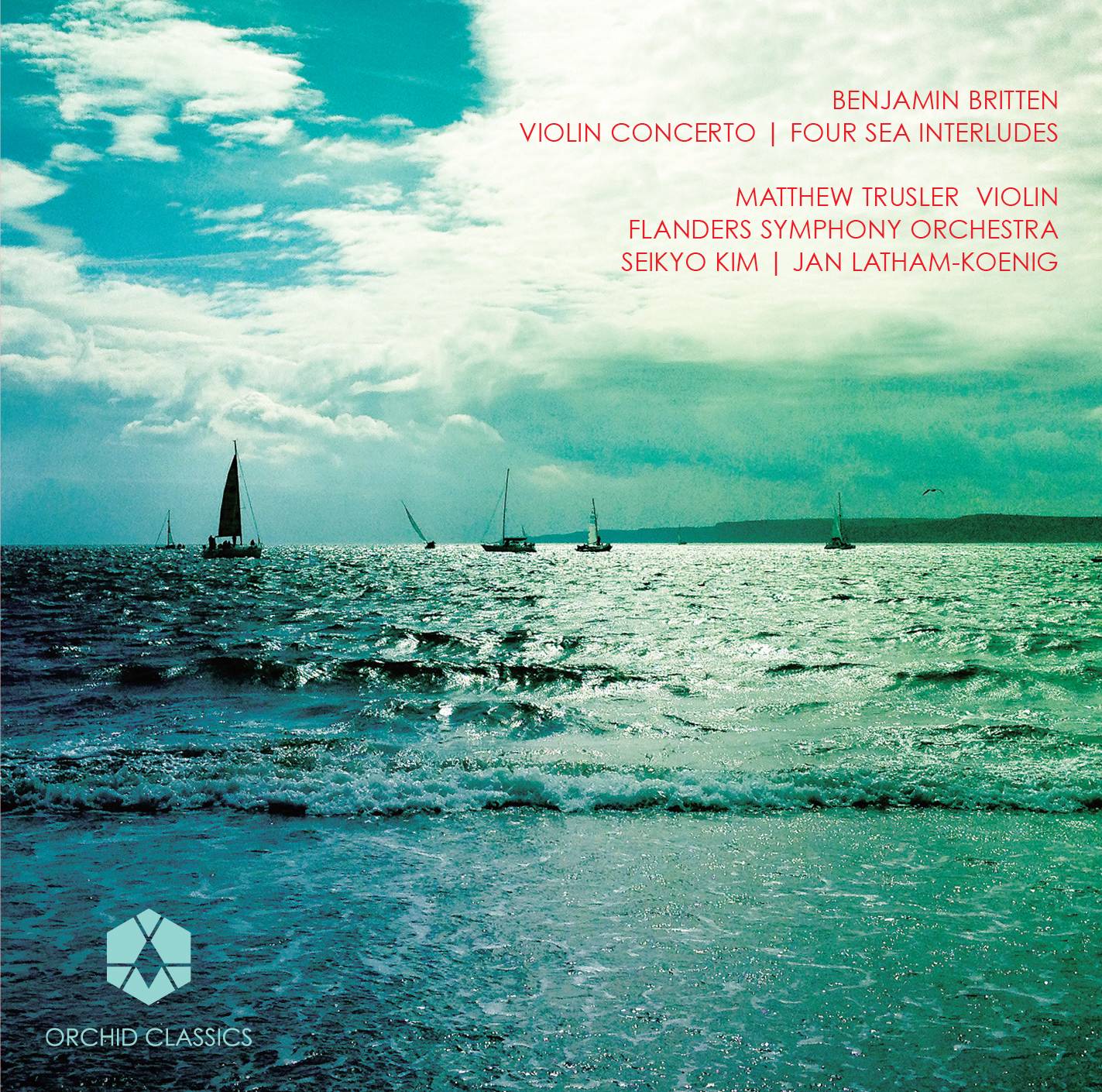

Nowhere is this more apparent than in the opera’s six interludes, five of which became the Four Sea Interludes and Passacaglia, a suite of excerpts that effectively brings the drama and setting of the opera into the concert hall. Part of what made the opera so successful was Britten’s ability to intricately convey the development of the plot and characters through purely orchestral means. But my friend did, and as he left the bus he heard the conductor shouting at the top of a loud voice: ‘Sadler’s Wells! Any more for Peter Grimes, the sadistic fisherman!’” That will be threepence for Peter Grimes.’ All the way to Roseberry Avenue, a young man sitting next to my friend whistled the Tarantella from Walton’s Façade it is not an easy tune to whistle and the whistler did not get off at Sadler’s Wells. A friend boarded a 38 bus at Green Park, asked the conductor whether he went past Sadler’s Wells. They seem almost to amount to proof that we are becoming a nation of high-brows. “I can vouch for the truth of the following incidents on a single-track bus journey last Saturday. The critic of the New Statesman, reflecting on the opera’s impact on British culture in the summer of 1945 related an experience that reveals the opera’s popularity. Peter Grimes was a sensation, and the work immediately captured the popular imagination. For the more than 250 years that intervened, composers from the European continent dominated London’s operatic life – first Handel, then Bellini, Donizetti, Verdi, Wagner, and Puccini. With its subject and composer, Peter Grimes was the first truly English opera to gain international recognition since Henry Purcell’s Dido and Aeneas in 1689. They took Crabbe’s Grimes, a product of the ills of an industrializing Britain, and transformed him into a more modern type, an outsider who is both a product of the society in which he lives and a victim of it.

One of its characters is a fisherman, Peter Grimes, who, in the most morally bankrupt fashion imaginable, buys orphans from the workhouse only to beat them or work them to death.īritten and Pears, whose nostalgia for England was only increased by their discovery of Crabbe’s poetry, returned home in 1942, hammering out a scenario based on The Borough during the trans-Atlantic journey.

Forster introducing the 18th-century British poet George Crabbe, among whose works was a poem entitled The Borough. It was there that the two read an essay by E.

Following the unsuccessful premiere of Britten’s operetta Paul Bunyan at Columbia University in 1941, they decided to quit New York for the Southland, moving to Escondido. Britten and his life-long partner, the tenor Peter Pears, had come to the States in 1939 as conscientious objectors at the outbreak of World War II. First Los Angeles Philharmonic performance: July 14, 1946, Leopold Stokowski conducting (Passacaglia) November 24, 1949, Benjamin Britten conducting (Four Sea Interludes).īenjamin Britten conceived Peter Grimes, his first full-scale opera, right here in Southern California. Orchestration: 2 flutes (2nd and 1st = piccolo), 2 oboes, 2 clarinets (2nd = E-flat clarinet), 2 bassoons, contrabassoon, 4 horns, 3 trumpets (3rd = piccolo trumpet), 3 trombones, tuba, timpani, percussion (bass drum, bells, cymbals, gong, snare drum, tam tam, tambourine, tenor drum, xylophone), harp, celesta, and strings.


 0 kommentar(er)
0 kommentar(er)
